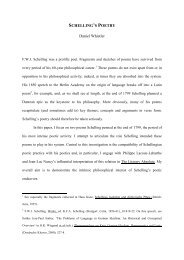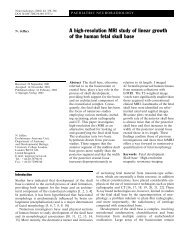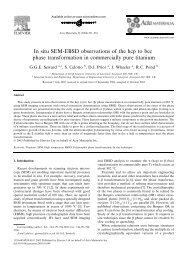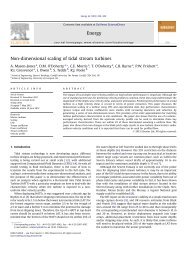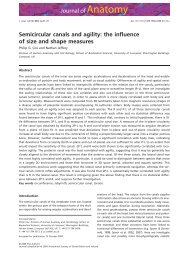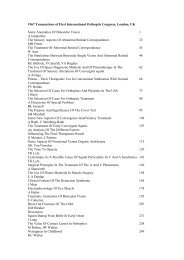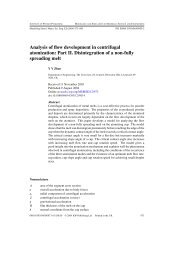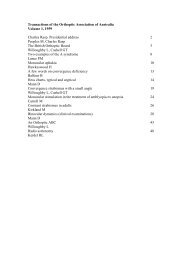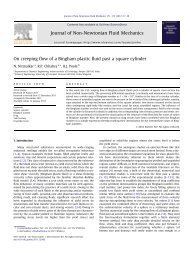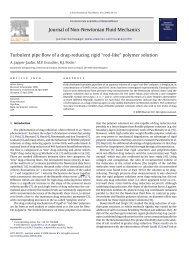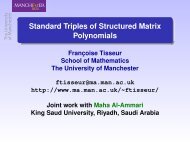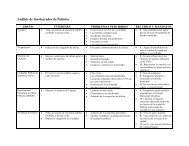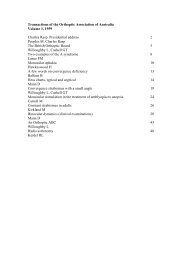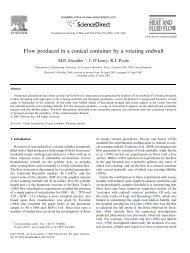The Discipline of Pious Reason: Goethe, Herder, Kant Daniel ...
The Discipline of Pious Reason: Goethe, Herder, Kant Daniel ...
The Discipline of Pious Reason: Goethe, Herder, Kant Daniel ...
Create successful ePaper yourself
Turn your PDF publications into a flip-book with our unique Google optimized e-Paper software.
Let me flesh this out by returning to François Hemsterhuis and his context.<br />
Hemsterhuis was the leading thinker <strong>of</strong> the ‘Münster circle’—a group <strong>of</strong> mystics and<br />
theologically-inclined thinkers residing in Münster on the patronage <strong>of</strong> the Princess<br />
Gallitzen. ‘A neoplatonist in the tradition <strong>of</strong> the Cambridge Platonists and<br />
Shaftesbury’ (Gusdorf, 1976, p. 280), Hemsterhuis’ blend <strong>of</strong> empiricism and<br />
neoplatonism became representative <strong>of</strong> this group’s work. <strong>The</strong> circle was particularly<br />
influential during the late eighteenth century: Hamann moved to Münster in the last<br />
year <strong>of</strong> his life to participate in the group, Jacobi was also closely involved and<br />
<strong>Goethe</strong> and <strong>Herder</strong> were regular visitors. 16 As late as the 1790s, Novalis claimed<br />
Hemsterhuis as his favourite philosopher and devoted a ‘study’ to his work (1988,<br />
2:360-78). Indeed, Gusdorf has concluded, ‘Through the intermediary <strong>of</strong> Jacobi<br />
[among others], Hemsterhuis’ influence spread to Lessing, <strong>Herder</strong>, <strong>Goethe</strong>, Schiller<br />
and the young Romantics.’ (1976, p. 281)<br />
Hemsterhuis’ legacy was so great, I contend, precisely because his neoplatonism<br />
chimed in so well with the intellectual currents <strong>of</strong> the time. As Arthur Lovejoy has<br />
claimed, ‘a revival <strong>of</strong> the direct influence <strong>of</strong> neoplatonism was one <strong>of</strong> the conspicuous<br />
phenomena <strong>of</strong> German thought in the 1790s’ (1936, pp. 297-8) 17 ; however, this<br />
revival should be antedated by at least thirty years. Beiser, for example, has shown<br />
how the German reception <strong>of</strong> Plato began in the 1750s:<br />
It was in 1757 that Winckelmann read Plato who became one <strong>of</strong> the central<br />
influences on his aesthetics. By the 1760s interest in Plato had grown enormously.<br />
<strong>The</strong> writings <strong>of</strong> Rousseau and Shaftesbury, which were filled with Platonic<br />
themes, began to have their impact. It was also in the 1760s that Hamann, <strong>Herder</strong>,



